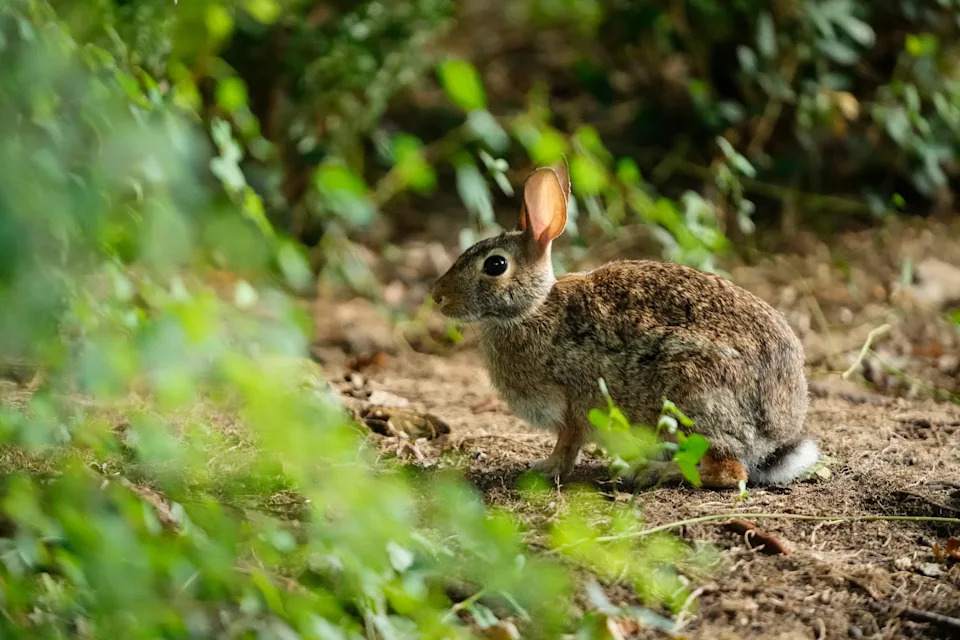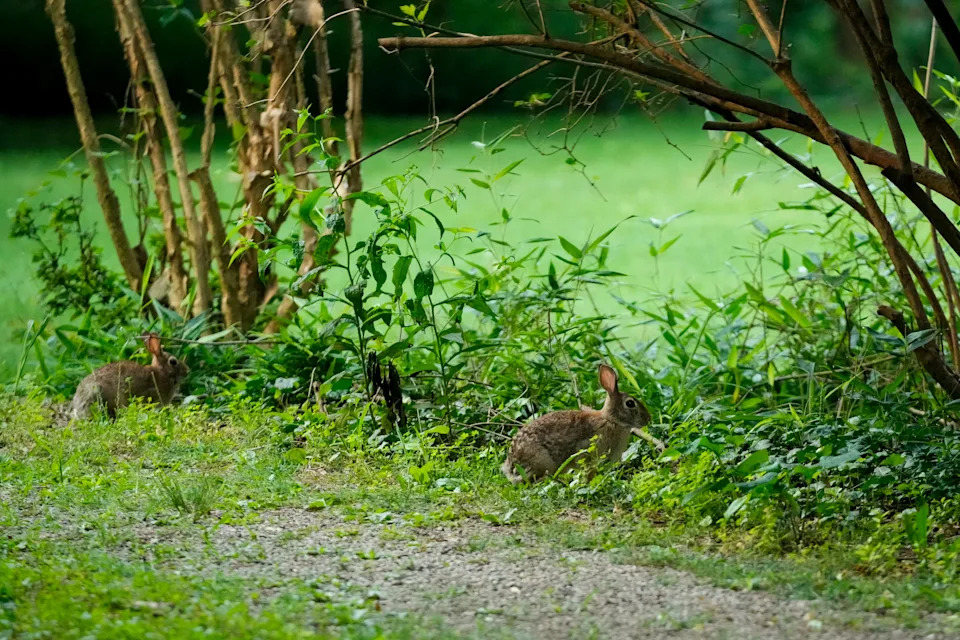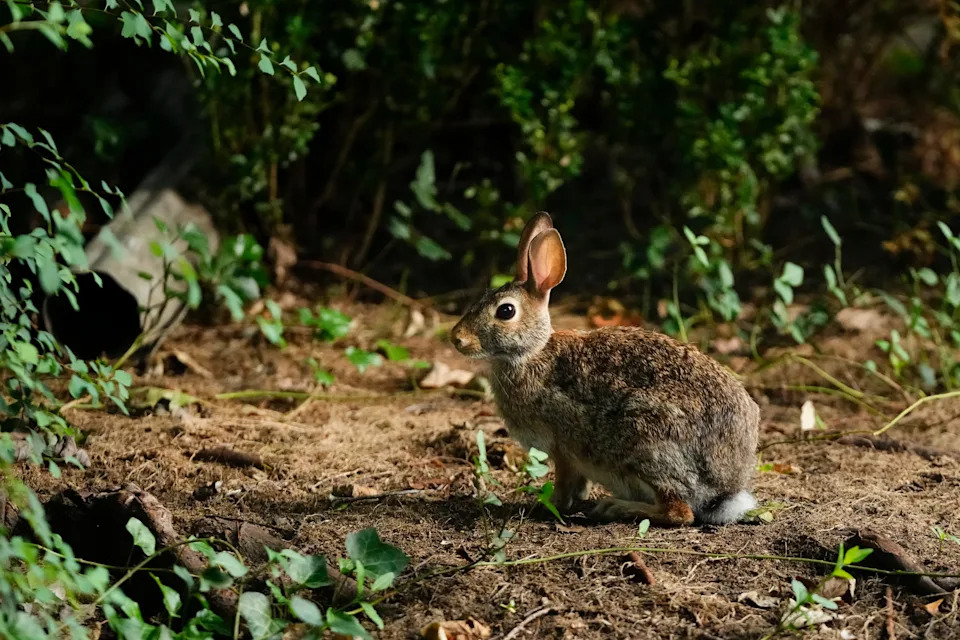Have you been seeing more critters hopping in your backyard this summer?
According to Joseph Lautenbach, a wildlife biologist with the Ohio Department of Natural Resources, the state has seen a mostly steady increase in its native rabbit species, the eastern cottontail, over the past 10 years.
Additionally, the department's data shows the summer of 2024 saw the highest number of rabbits recorded across the state since 1990, roughly triple the counts from the early 1990s.
Here's what to know.

Has the Ohio Department of Natural Resources seen more rabbits in 2025?
It’s too early to know whether the eastern cottontail has officially increased in population size this year, Ohio Department of Natural Resources research biologist Mark Wiley told The Columbus Dispatch.
The department uses a Rural Mail Carrier Survey to track Ohio’s rabbit population, which involves distributing survey cards to all postmasters across the state, who then give the cards to the carriers delivering mail on rural routes.
The carriers can choose to participate in the survey by keeping track of how many rabbits they notice on their routes, but it is not required, Wiley said.
The department has used the survey − conducted twice a year, once in the spring and summer − for rabbit-counting since the 1950s, and it is a common practice for many other state wildlife agencies that are tracking the population of various species, Wiley added.
He said the Ohio Department of Natural Resources mailed its survey cards to postmasters July 9. The two-week survey period takes place from July 21 to Aug. 2. The data for 2025 should be posted around September, Wiley said.
“Without the 2025 data, I can’t tell you that we know anything more than a few reports,” Wiley said. “But it seems like it was a good year for rabbits.”

Why are there so many rabbits in Ohio?
Wiley told The Columbus Dispatch that it’s hard to say exactly what's contributing to an increase in rabbit activity during a given year.
However, he said it’s common to see “dramatic fluctuations” in rabbit population year to year, largely due to changing conditions in habitat availability, weather and predation levels.
Lautenbach added that hare and rabbit populations usually follow a 10-year cycle. But according to data collected from the mail carrier surveys, he said there’s been no indication of this cycle for rabbits in Ohio − just steady population growth.

Can I get sick from rabbits?
Tularemia is a rare disease that can affect animals and humans, with rabbits and hares especially susceptible. If you make physical contact with an infected rabbit, it's possible that you could become sick, according to the CDC.
Though most infections can be treated with antibiotics, the CDC reports tularemia can be life-threatening.

Symptoms vary greatly depending on how the bacteria enter one's body, and they can be mistaken for more common illnesses. The CDC advises letting your health care provider know of any exposure to sick or dead animals.
To protect yourself, be sure to wear gloves if handling sick or dead animals, and avoid mowing over them.
How do I keep rabbits out of my yard?
Wiley’s biggest piece of advice for Ohioans dealing with large numbers of rabbits on their properties is physical barriers. Wiley said low-level fences are the best deterrents, especially for gardens.
This article originally appeared on Cincinnati Enquirer: Are there more rabbits this year? Looking at Ohio's population






Comments